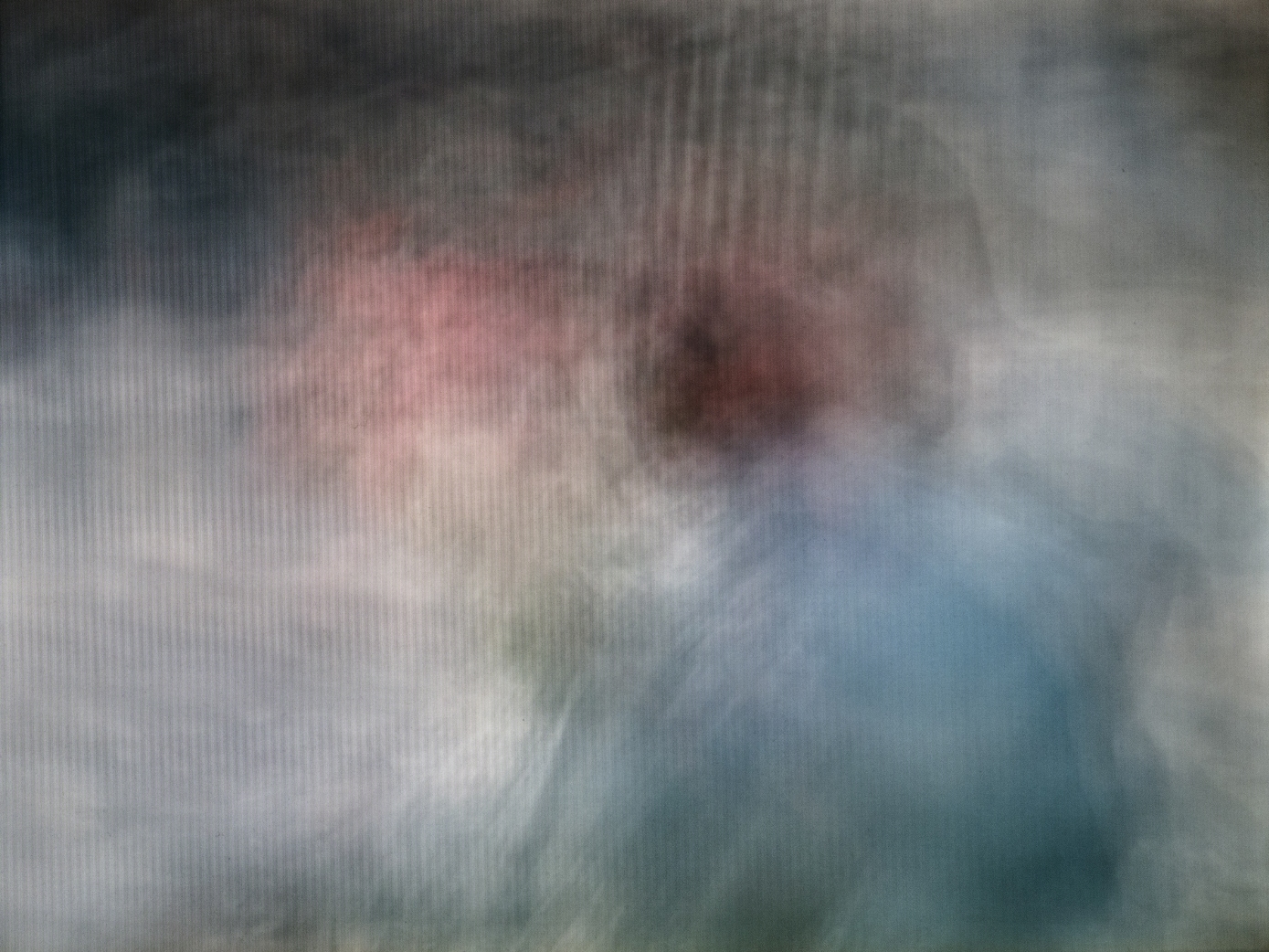Walking Out the Door with Kiarostami

Close-up from Abbas Kiarostami's Close Up, Still_life88_second, Flickr.
Cinema begins with D.W. Griffith and ends with Abbas Kiarostami.
—Jean-Luc Godard
“Bale,” exclaimed a stranger speaking Farsi. “Bale,” (BAHL-eh) or “yes,” she kept repeating to three people who were possibly family, certainly familiar. Their hand gestures and her affirmations suggested they were interpreting the art that surrounded us: an installation entitled “Doors Without Keys” by internationally revered filmmaker, Abbas Kiarostami.
All five of us had braved a cold, rainy winter evening in mid-March 2016 to attend this exhibition of fifty life-size photographs of doors at Toronto’s Aga Khan Museum. Kiarostami took these photos in France, Morocco, Italy, and his birthplace, Iran. That was the extent of any identifying information he would provide. The photos were not labeled. The poems written on the walls were anonymous. The source of the installation’s ambient sounds—children and traffic—was hidden. Through this dimly lit labyrinth of doors, Kiarostami achieved the same destabilizing effect his unconventional approach to filmmaking has on its viewers. His minimalism was his rebellion.
One door in the series was wooden, old, tattered. Its lock was rusted. Its green paint flaked off in chunks. Another door was metallic, worn, regal. It looked dark, foreboding. The strangers and I looked at each door, silently posing each other questions. What stories could they tell? What danger had been present on either side of each door? What love? What fears?
We stood in front of door after door, ostensibly on the outside looking in. The last door of the series, however, shifted our perspective. Unlike the other doors that were windowless, this one had translucent curtains through which we could see a pastoral scene. Water and land and sky. We were now inside looking out. Had we been looking at the previous doors from inside the whole time? Did we merely assume we were outsiders when we’d already been included? Was this an ending, a beginning, neither or both?
“Bale,” the stranger said, as I thought it over.
The twenty-four-hour news cycle is our new period of mourning for endings. We have twenty-four-hour access to global suffering. We have twenty-four-hour access to atrocities and violence. We have twenty-four hours to file all the thinkpieces and comments, lest our mourning become irrelevant.
The cycle forgets the traditions of the world it attempts to reflect. It forgets that the mourning period in Islam, Eastern Orthodox Christianity, Hinduism, Judaism and other faiths ranges from three days to forty days to a full year, depending on the relationship between the deceased and the bereft. The twenty-four-hour news cycle convinces us we don’t need more time to process the loss—that demonstrating our grief through our clothing is outdated. Our hashtags are the new black (or white, depending on your tradition).
Writing about Abbas Kiarostami, who died July 4 of this year, at the age of 76, is meaningless in terms of this cycle—it’s already been more than a month. Writing about Abbas Kiarostami’s death is also meaningless in terms of his family’s grief—it’s only been a little more than a month.
But what meaning, what impact does the death of an admired artist have on us? Are we mourning their death? In some ways, yes. In most ways, though, we are mourning the loss of what they represented to us. Following their death, we participate in collective self-reflection in order to understand our grief through ourselves, because the artist was a stranger. We are not so much mourning them as we are paying homage to the people we became as a result of their life’s work. We are mourning the people we will never get to be since they will not be able to produce any new work.
Abbas Kiarostami and I didn’t know each other. Our closest connection is our shared birthday. I didn’t know his family, his friends, his community in Tehran. I don’t know if he had a favourite colour. I don’t know how he took his tea, the name of the first person he ever kissed, or the make of car in which he felt most comfortable.
Yet his work fundamentally changed everything I think about what art can be and what it can do.
Among many others things, Kiarostami’s films helped me understand that art gives us space. Minimal dialogue with non-actors and long pauses between characters (Where is the Friend’s Home?). Ambient sounds of rural life and sprawling landscapes (The Wind Will Carry Us). Trees, cloudy skies, and simple stories asking complex questions about life (Taste of Cherry), love (Certified Copy), relationships (Like Someone in Love), community (Life and Nothing More) and the nature of reality (Close Up).
The space that art gives us allows our minds to wander, ruminate, worry, contradict, hesitate, accept. Kiarostami invited us into that space and our ensuing inner dialogues made artists of us all.
Kiarostami trusted his audience to understand his work, without insistence and without manipulation—like a friend who can communicate a joke through a simple look.
I wonder if Kiarostami is laughing in the new space he inhabits. I wonder if, in life, he knew how grateful his admirers were for the new selves he made possible.
I have to believe his death was an ending. A beginning. And neither. And both.
Three days, forty days, perhaps even a full year, will still not be enough time to truly understand what losing him will mean for us.





